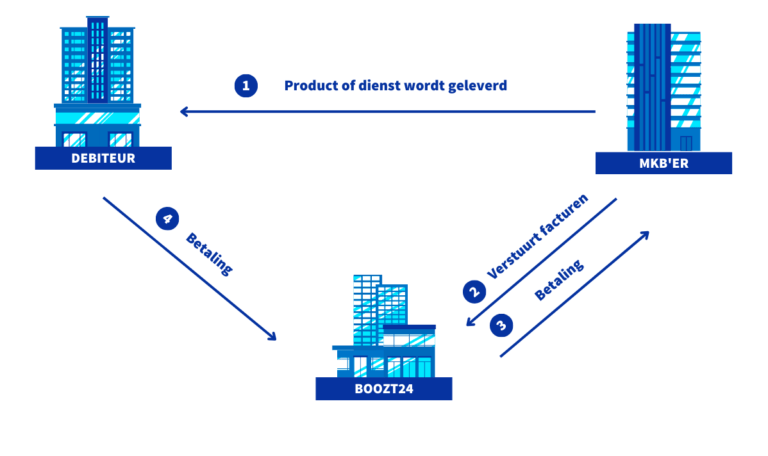Working Capital is a measure of a company's liquidity and efficiency. It is the amount of money a business has available to meet its short-term obligations, such as paying bills and salaries.
How is working capital calculated?
It is calculated by subtracting current liabilities (debts that are due within one year) from current assets (assets that can be converted into cash within one year). A positive working capital means that a company has enough assets to meet its current liabilities, while a negative working capital means the company does not have enough assets to meet its current liabilities.
What is Working Capital Management?
Working capital management is the process of managing a company's short-term assets and liabilities in order to ensure that it has enough cash to meet its obligations. This can be done by managing the level of inventory, accounts payable and accounts receivable. Working capital management is an ongoing process that requires a business to constantly monitor and adjust its short-term assets and liabilities. This is important because a company's working capital needs can change quickly due to changes in sales, production, or economic conditions.
What should I pay attention to for good working capital management?
Proper working capital management can have a positive impact on a business's growth and profitability. By ensuring that it has enough cash to meet its short-term obligations, a business can avoid financial distress and continue to operate smoothly. Additionally, by managing its inventory, accounts receivable, and accounts payable effectively, a business can improve its cash flow and free up money for growth and expansion.
Inventories
Inventories are the goods that a company holds, and managing inventories is a very important aspect of working capital management. Maintaining an optimal level of inventory can help a business avoid stockouts, which can lead to lost sales, while also avoiding overstocking, which can tie up cash and increase storage costs.
Accounts payable
Accounts payable are the amounts that a business owes to its suppliers, and managing accounts payable is also a key aspect of working capital management. A business can improve its cash flow by delaying payments to suppliers or negotiating better terms with them.
Accounts receivable
Accounts receivable are the amounts that customers owe to a business, and managing accounts receivable is also an important aspect of working capital management. A business can improve its cash flow by accelerating the collection of accounts receivable, such as by offering discounts for early payment or implementing stricter credit policies. But also using your accounts receivable as a means to finance your business and improve working capital can be a very attractive option. Especially for growing businesses. This can be done by using factoring services.
Factoring is a type of financing used by businesses to convert their accounts receivable (invoices due from customers) into cash. The process involves selling the receivables to a third party, called a factor. The factor then collects payment from the customers and returns the remaining balance to the business, minus a fee for the service.
One of the main benefits of factoring is that it allows businesses to access cash quickly and easily, without having to wait for customers to pay their invoices. This can be especially useful for businesses that operate in industries with long payment cycles, such as construction or manufacturing, where it can take weeks or even months for customers to pay their bills.
Factoring can also be a useful tool for businesses looking to grow. By providing quick access to cash, factoring can help businesses invest in new equipment, hire additional employees, or expand into new markets. This can help them increase their sales and revenue, which in turn can help them grow their business.



